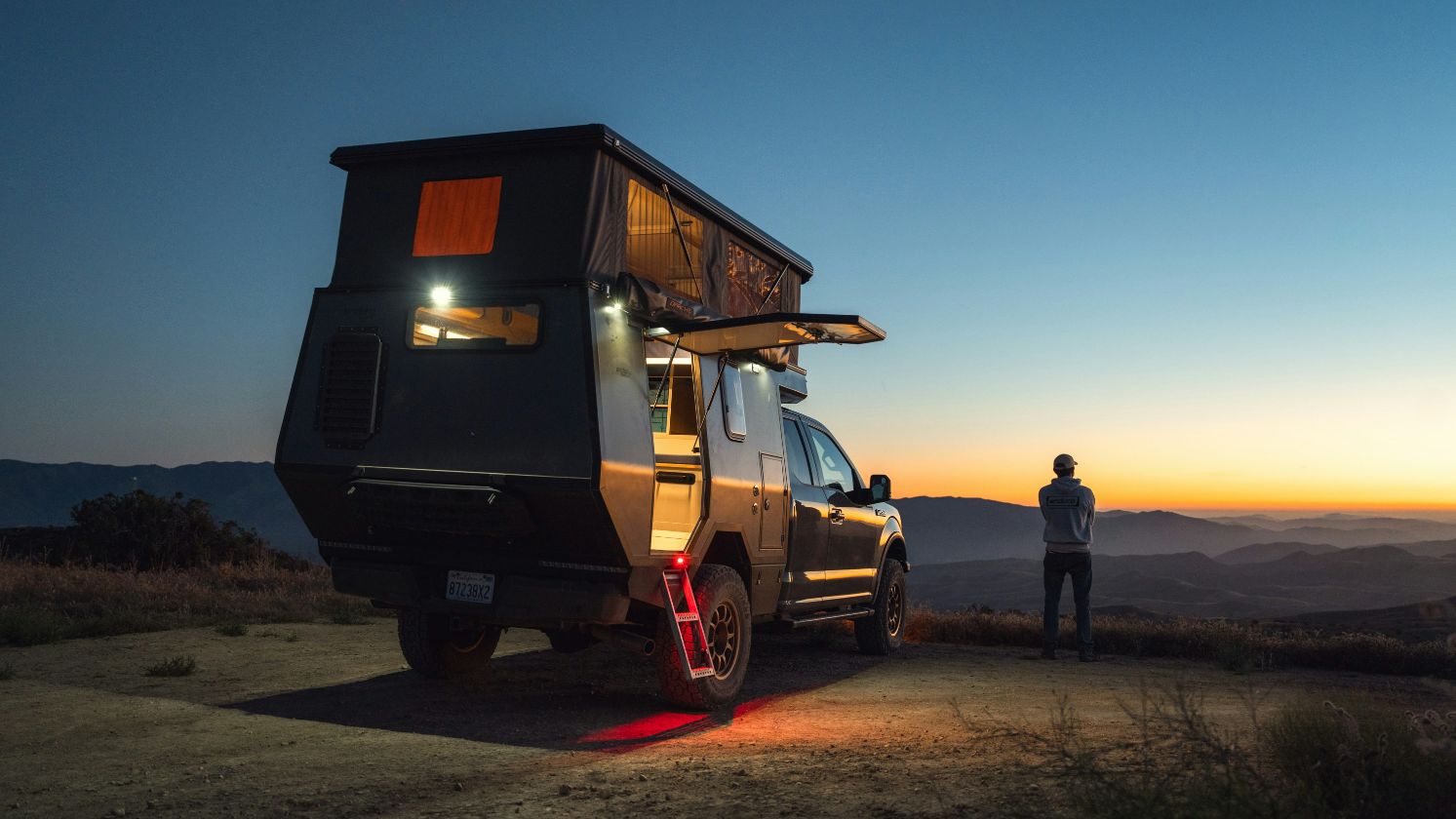Unpopular Cars, Unbelievable Sales
Some cars hit the road surrounded by hype, while others sold like hotcakes despite everyone rolling their eyes. Maybe it was timing, brand power, or sheer curiosity—these models thrived even as critics groaned. They prove popularity doesn’t always mean love, and ridicule doesn’t always sink sales. Keep reading to uncover 20 cars drivers mocked, yet somehow couldn’t resist driving off the lot.
 PantheraLeo1359531 on Wikimedia
PantheraLeo1359531 on Wikimedia
1. Toyota Echo (2003)
The Echo turned heads with its tall, upright shape and center-mounted speedometer. Reviewers disliked the odd layout and cheap materials, whereas buyers focused on Toyota’s trademark dependability and efficiency. Its solid performance in sales also led directly to the Yaris successor.
2. Chrysler PT Cruiser (2002)
At a time when compact cars played it safe, Chrysler took a bold gamble with the 2002 PT Cruiser's 1930s-inspired styling. While the retro design polarized opinions, the risk paid off dramatically in the marketplace, with strong sales and waitlists forming shortly after its 2000 launch.
 Greg Gjerdingen from Willmar, USA on Wikimedia
Greg Gjerdingen from Willmar, USA on Wikimedia
3. Nissan Juke (2011)
Love it or hate it, the Juke couldn’t be ignored. Its frog-eyed front and turbocharged 1.6-liter engine gave it real attitude. In fact, against all expectations, this oddball crossover took off worldwide and helped define a whole new subcompact SUV segment.
4. Renault Koleos (2008)
The Koleos arrived with high hopes as Renault’s first global SUV, pairing French design with Nissan engineering. Reviewers called it bland and unremarkable to drive. Even so, its comfort, practicality, and solid pricing helped it move strong numbers in Europe and Asia.
5. Chevrolet Malibu (2005)
Bland looks didn’t stop the 2005 Malibu from moving off lots. Reviewers called it forgettable, but families saw practicality and solid value. Even the unusual Maxx hatchback found fans who liked the extra cargo space in a midsize package.
6. Mitsubishi Mirage (2015)
Gas mileage carried the Mirage farther than horsepower ever could. With a tiny 1.2-liter engine, it offered stellar 44 mpg highway fuel economy and one of the lowest price tags around. Drivers also forgave its weak acceleration for the savings it delivered.
 National Highway Traffic Safety Administration on Wikimedia
National Highway Traffic Safety Administration on Wikimedia
7. Nissan Versa (2007)
Affordable pricing and a spacious cabin helped the Versa climb U.S. sales charts in its class. Reviewers found its design uninspiring and its performance sluggish, yet its reliability, practicality, and strong fuel economy made it a favorite among budget-conscious commuters.
8. Dodge Caliber (2008)
The Caliber came loaded with clever extras like a chillable glovebox and tailgate speakers for parking-lot parties. Beneath the gimmicks, though, it replaced the Neon with a compact that rode rough and felt cheap. Despite the criticism, Dodge still moved plenty off showroom floors.
 order_242 from Chile on Wikimedia
order_242 from Chile on Wikimedia
9. Hyundai Veloster (2013)
Hyundai’s Veloster pulled off a tricky balance: sleek coupe on one side, extra door on the other. The three-door design offered both style and convenience. Although its base engine lacked punch, the car’s daring layout and sporty vibe kept it selling.
 Michael Gil from Calgary, AB, Canada on Wikimedia
Michael Gil from Calgary, AB, Canada on Wikimedia
10. Chevrolet Aveo (2009)
The Aveo carved out success in the value segment with impressive fuel economy and a low sticker price. Reviewers noted its lack of power and cheap cabin feel, while cost-conscious drivers embraced its affordability in both sedan and hatchback forms.
11. Volkswagen New Beetle (1999)
When Volkswagen modernized its iconic Beetle for 1999, the retro-styled revival sparked intense debate among car enthusiasts. Even so, the cheerful styling and optional turbo engine kept buyers coming, turning skepticism into solid sales success.
12. Kia Soul (2010)
Kia’s gamble on funky design paid off big. The boxy Soul, with color-changing interior lights and loud personality, was built to attract younger drivers. Some called it noisy and stiff, but its uniqueness—and affordable price—helped it become a surprise hit.
 U.S. National Highway Traffic Safety Administration on Wikimedia
U.S. National Highway Traffic Safety Administration on Wikimedia
13. Scion xB (2005)
Toyota’s Scion brand aimed straight at young city drivers, and the xB nailed the brief. The boxy frame maximized space and made parking easy, while Toyota’s proven reliability and affordable pricing turned it into a hit among first-time car owners.
14. Renault Twingo (1994)
With a name dancing between "twist," "swing," and "tango," the 1994 Renault Twingo brought unexpected flair to city streets. Despite launching with just one engine and trim level, this compact one-box design with sliding rear seats proved critics wrong, eventually charming over 2.4 million buyers worldwide.
15. Daewoo Lanos (2000)
Styled by famed Italian designer Giorgetto Giugiaro, the Lanos looked more upscale than it truly was. Inside, cheap materials and reliability issues revealed its low-cost build. Still, low prices, free maintenance, and a generous warranty helped it win over cost-conscious buyers.
 dave_7 from Lethbridge, Canada on Wikimedia
dave_7 from Lethbridge, Canada on Wikimedia
16. Smart Fortwo (2008)
City living made the Smart Fortwo shine. Its tiny frame squeezed into parking spots others couldn’t dream of, and plastic panels resisted scrapes. Rough rides and sluggish speed drew complaints, yet those trade-offs defined its success in packed urban streets.
 National Highway Traffic Safety Administration on Wikimedia
National Highway Traffic Safety Administration on Wikimedia
17. Lincoln MKS (2010)
Luxury met compromise in the MKS. Built on a Ford Taurus base, it introduced Lincoln’s first turbocharged EcoBoost V6. Critics called it dull to drive and bland to look at, but innovation and brand loyalty kept sales steady for years.
18. Buick Verano (2012)
The 2012 Buick Verano demonstrated clear engineering priorities with its exceptional cabin quietness in the compact luxury segment despite its Chevrolet Cruze underpinnings. This focus on acoustic refinement came with notable trade-offs, though the resulting price point attracted steady sales.
19. Acura ILX (2016)
As Acura's entry-level luxury sedan, the 2016 ILX walked a fine line between its Honda Civic platform origins and upscale aspirations. While critics found it less refined than competing luxury models, the addition of an 8-speed dual-clutch transmission and value-focused pricing also helped it maintain strong sales among younger buyers.
 Greg Gjerdingen from Willmar, USA on Wikimedia
Greg Gjerdingen from Willmar, USA on Wikimedia
20. Ford Aspire (1996)
Born from a Ford–Kia collaboration, the Aspire hit U.S. showrooms as a rebadged Kia Avella. It offered great mileage and a low price; however, its weak engine, plain design, and basic features drew criticism. Even so, sales stayed steady through its run.



















